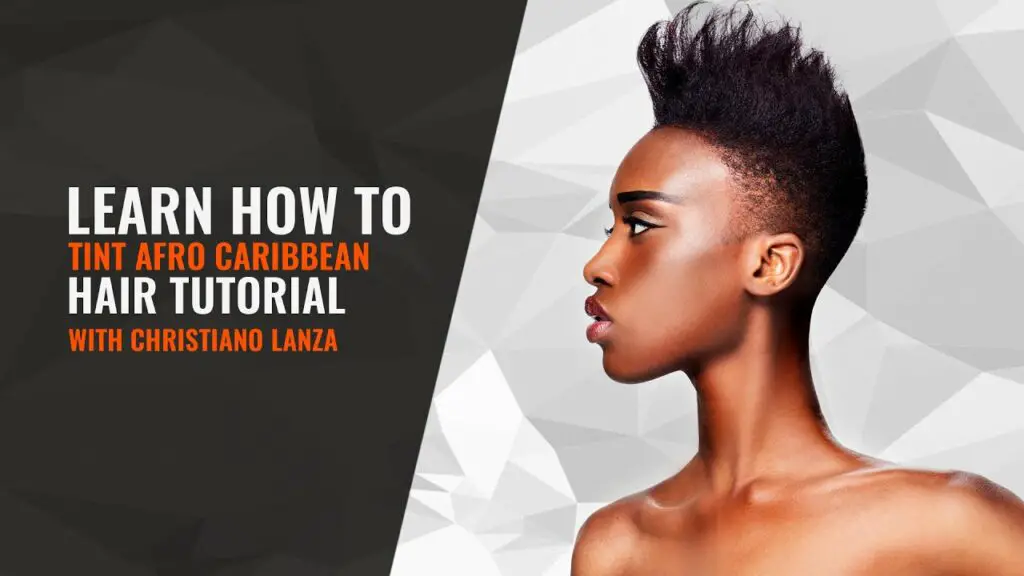
Afro Caribbean hairstyles
We’re all about embracing the real you with your afro Caribbean hair, no matter what your sense of fashion or hairstyles is. It’s great that we’re starting to fully embrace and love what we have.
We’ve been (thankfully!) seeing this more and more in hair these days, particularly with the Afro Caribbean Hairstyles movement, with more people embracing their natural texture with afro hairstyles.
While this hairstyle is typically renowned for its big, voluminous aesthetic, there are tons of variations that explore the gamut, from teeny weeny short afro looks to even dyed versions.
If you’re still on the fence about going natural and growing out your hair, we’ve got a collection right on below that might just change your mind and inspire your new look.
How to style afro Caribbean hair
There are a variety of different styles and ways to style afro Caribbean hair that can be applied to any hair type. The kind of hairstyles that will work best for you depend on your personal preferences, lifestyle, etc.
Afro puff Caribbean hair:
There’s more than one way to create an afro Puff hairstyle. For instance, some naturals prefer using braids, twists, Bantu knots or banding hair to create their ‘fro. However, many choose to pick and pick with an afro pick until they get their desired look.
Braid or twist out:
If you choose to braid or twist out, braids will give you a crimp-like texture, similarly, twist will give you a curlier s-curl shape.
To do this, simply section damp hair into four equal parts then wrap each section with hair ties until you get to the ends. Once your hair is dry, release and fluff to style.
Styling products:
Listen up ladies, humidity fighting products are key. Here’s why: If you choose to wear your hair in a big fluffy afro let’s say on a hot and humid day, the moisture in the air will cause the hair to swell, as a result, creating shrinkage.
If you want your afro to flourish throughout the day, opt for using some serum before styling your hair. Not only will a serum help prevent unwanted frizz, but it will also add shine to your luscious locks. Most importantly, it’ll also help keep your hair soft.
You can also prep your hair during your wash routine by using a system like Dove Nutritive Solutions Anti-Frizz Oil Therapy Shampoo and Dove Nutritive Solutions Anti-Frizz Oil Therapy Conditioner to keep any unwanted frizz at bay.
Heat styling tools:
If your goal is to create an afro with a straighter finish, opt for using a blowdryer. Prep hair with TRESemmé Thermal Creations Heat Tamer Spray, then blow-dry until you get your desired length and shape.
If carrying out this process on freshly washed hair, apply Suave Professionals Keratin Infusion Heat Defense Leave-in Conditioner to your hair to protect hair from heat.
Some accessories can be too tough on ultra-delicate hair types, causing unwanted breakage you won’t want to deal with.
This look can be created overnight, and we’re not kidding. After your wash and care routine, add a defining gelto your hair and then twist your hair in sections.
The bigger your twist, the bigger your curl; the tighter your twist, the smaller your curls will be. Small twists also tend to dry faster overnight, but it’s totally up to you.
Most importantly, after twisting, opt for sleeping on a silk pillowcase to speed up the drying process overnight.
Covering your hair may trap in the moisture and extend the drying time. In the morning, release your twists, fluff and style your hair however you like!
14 Afro Caribbean hairstyles for women with afro hair
find the perfect Afro Caribbean Hairstyles for you. After that, you’ll need to style it! In this guide, you’ll find several afro ideas that we’re loving right now, plus some of our go-to natural hair styling tips. Read on:
1. Full afro Caribbean hairstyles

We love the look of this full texture afro hairstyle. Therefore, we always say, the more volume the better! A round, halo cut, like this one, is so flattering on every face shape.
2. Mini ponytail afro Caribbean hairstyles
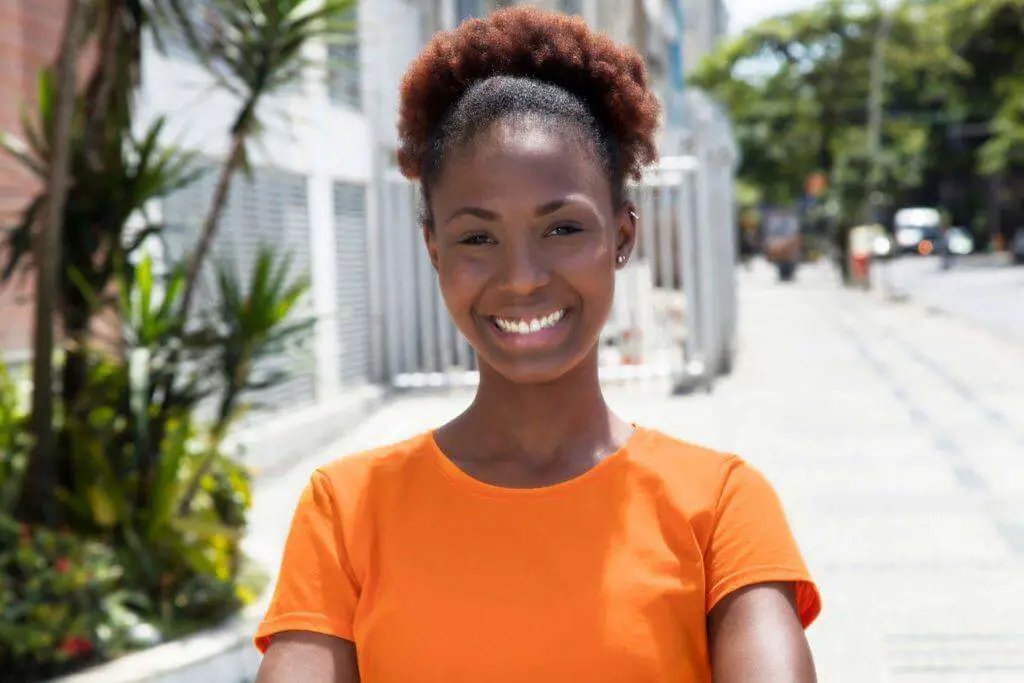
We know that a free-flowing afro can sometimes be high-maintenance. That doesn’t mean you need to wear a totally different style though: A quick fix to style your hair while getting it out of your face is a mini ponytail. We also love the look of super curly space buns, for something a little different.
3. Medium fro afro Caribbean hairstyles
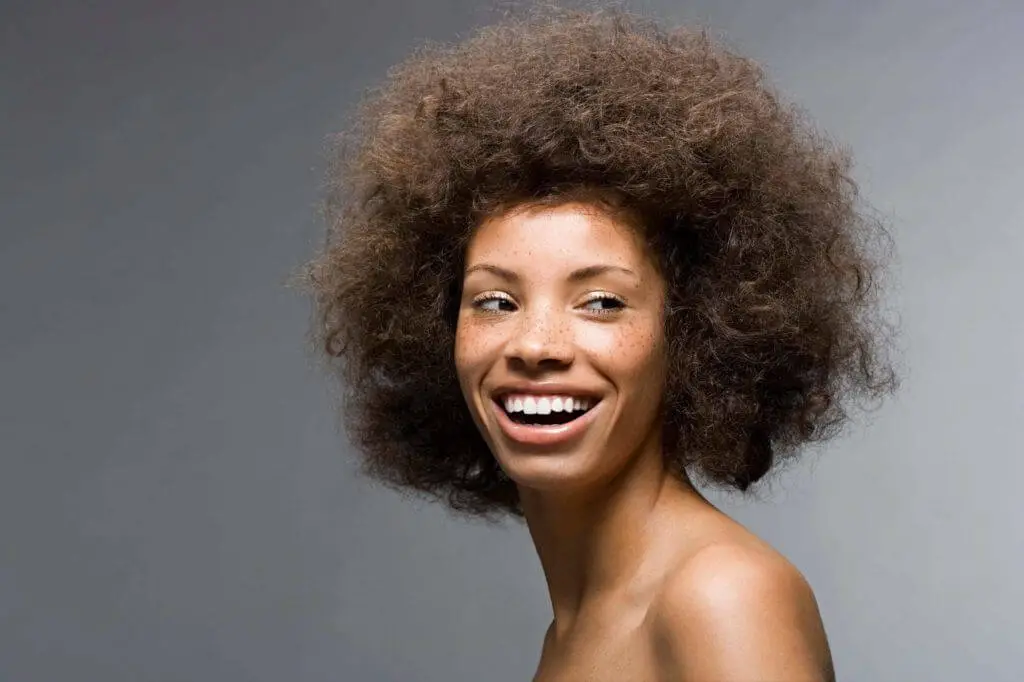
f you are growing out straightened hair, or just a close cut buzz, a medium length afro is perfect for you.
4. Center part afro Caribbean hairstyles
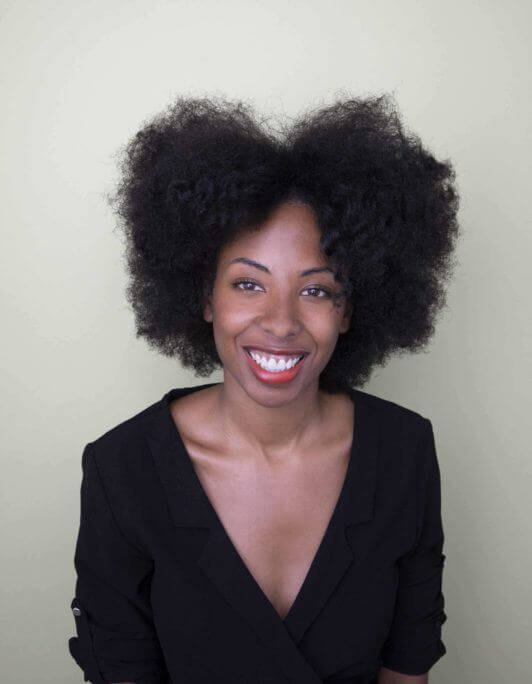
Going for an afro hairstyle doesn’t mean you need the round, halo shape. Nope! Adding in a part gives your hair even more texture by changing up the shape your hair falls. The best part is, you don’t need a haircut to achieve this style. All you need to do is separate your hair along a part line and style to either side.
5. Defined curls side part afro Caribbean hairstyles
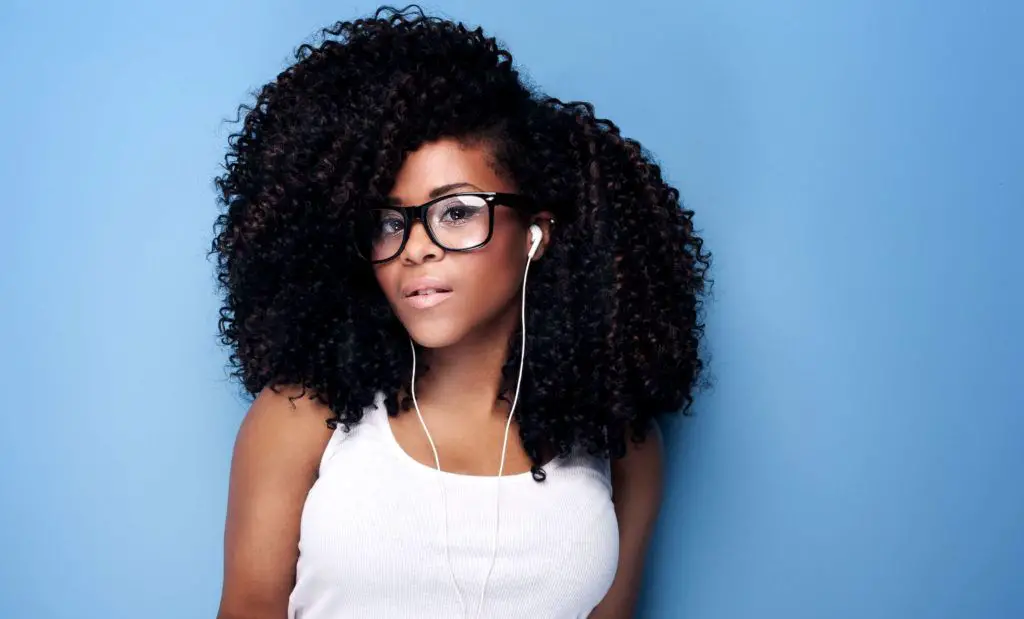
If a center part isn’t your jam, try a side part with defined curls. We like using Suave Professionals Define & Shine Serum Gel because of its innovative (and practical!) gel-serum combo formulation. This isn’t the only serum we like for natural hair, but it’s certainly one of our faves for getting shiny, soft (not crunchy) defined curls.
6. Blond ombré afro Caribbean hairstyles
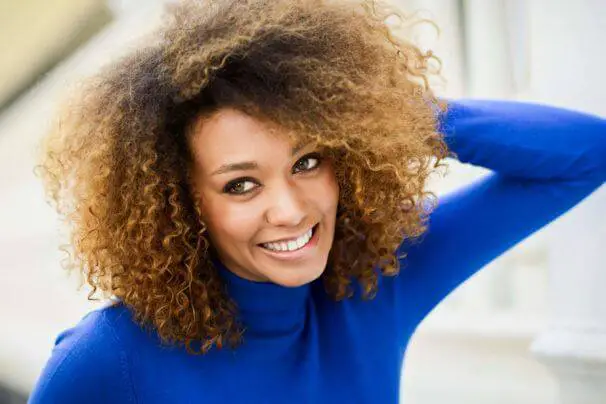
Bleaching natural hair is always an option. It will take extra time to get black hair up to blond, but it’s worth it to not totally damage your hair in one sitting. If you are down for spending time in the salon regularly, you can get this gorgeous ombré look. However, just be sure to do hair oil treatments in-between the bleaching sessions.
7. The twist-out afro Caribbean hairstyles
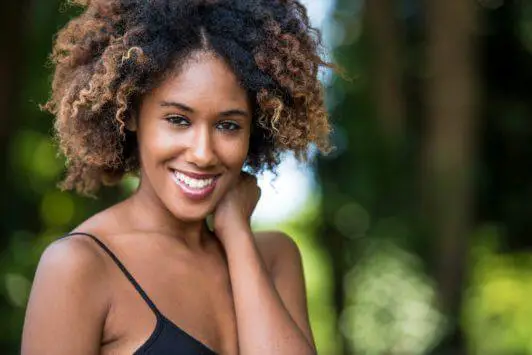
No matter how kinky curly your hair is, this cut will show it off in all its glory. Just be sure to keep your ‘fro moisturized so you can get lots of shine. Coconut oil is a great way to help maintain moisturize and add shine to your hair.
8. Fro with accessories
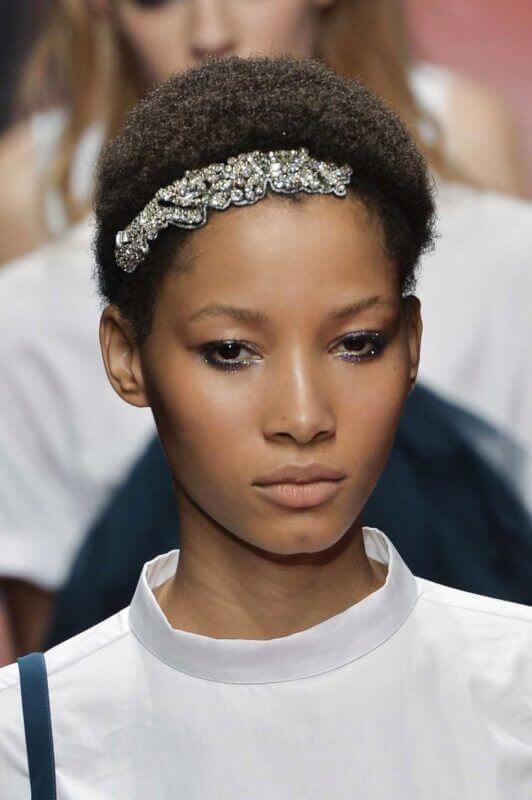
If you like an easy and chic look, hair accessories can help play up your teeny weeny afro, especially if you want easy styling ideas that will have you out of the door in under 10 minutes.
Whether you wear stylish clips, combs or sparkly headbands, it’s important to make sure your accessories are gentle enough on your hair.
9. Floral afro
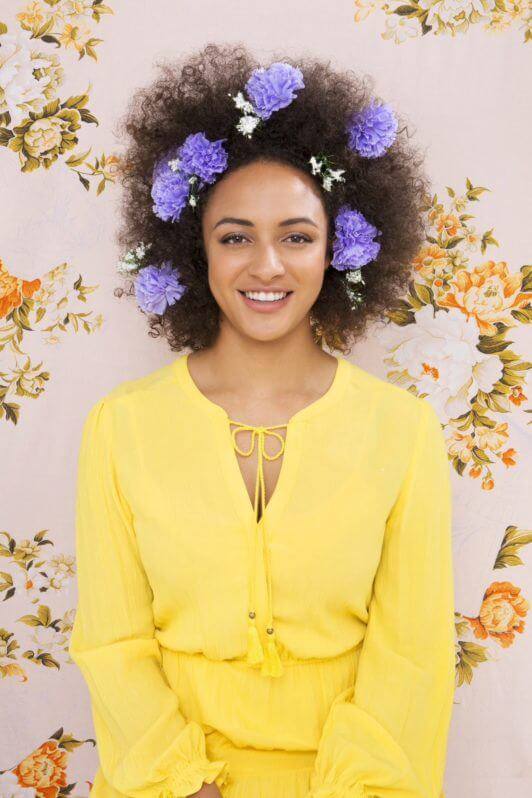
Enhance your afro this season with some gorgeous flowers! Elevate your afro with some flowers this season.
10. Afro space puffs

We just love it when some of our favorite hairstyles get a modern update, such as in the case of these fun space puffs.
Most importantly, you can sport this look to work, brunch or post-workout as you embrace a carefree style on your afro. Check out how to master this style in our space puffs tutorial.
11. Afro hair puff
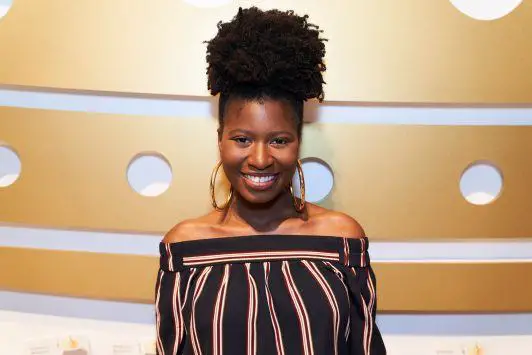
We are digging this elegant updo style for your afro. As you accentuate your afro puff, you’re also showcasing a cool style! Make sure to check out how to master this modern hairstyle in our hair puff tutoria.
12. Half-up afro style
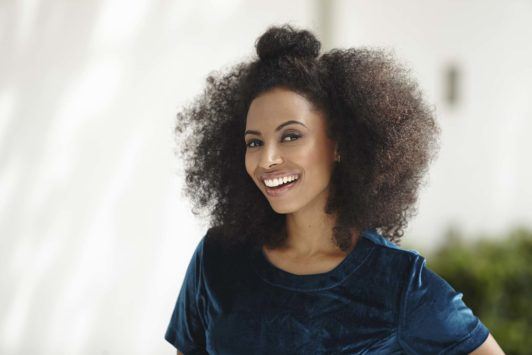
One of our favorite looks on all hair types is the half-up style. This style allows you to get the weight of your hair off your face as you showcase a seriously stylish look.
For instance, can go for a full half-up pony or a half-up bun look (as seen here) as some of your natural texture takes center stage.
13. Afro hair side bantu knots
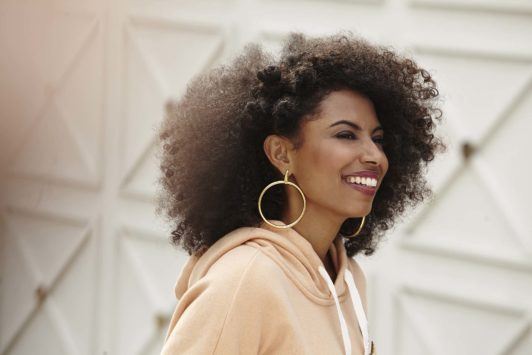
For a quick and easy hairstyle, opt for Bantu knots that give off a laid-back vibe. Meanwhile, check out how to master this style in our side Bantu knots tutorial.
14. Pulled back afro hair
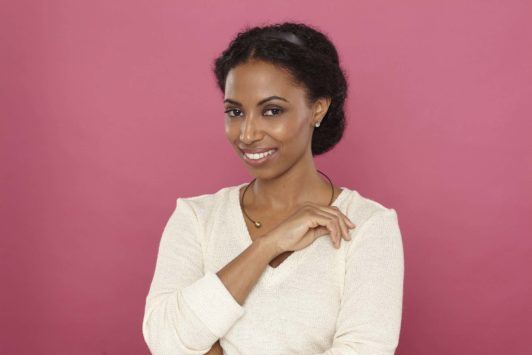
While we are all about rocking your fro, there are some days when you want to pull it back. Whether that’s for a fancy event, or during the dead heat of summer, having options are so important!
For example, after you brush your hair, pull it back into a low chignon and pair it with your favorite headband and you’ll be all set!
5 Tips for washing afro Caribbean hair:
- Pre poo with coconut oil to avoid hygral fatigue: simply apply the coconut oil to your hair, focusing on the ends, then cover with a shower cap and leave for at least 30 minutes.
- Massage the shampoo into your scalp using your finger tips and work it along the hair strands. Don’t worry about getting shampoo on the bottom of your hair, it will get enough of a clean as the suds from your scalp run down.
- Follow up with a conditioner that has a lot of slip to make detangling simpler. When conditioning or using a deep conditioning treatment, don’t leave the product on for longer than specified in the instructions as leaving hair wet for too long will weaken it.
- Detangle with your fingers or a wide tooth comb to minimize manipulation.
- Once you’ve rinsed off the conditioner, squeeze out excess water. Next, wrap your hair with a microfibre turban or towel for swift drying. Avoid blow drying as it can damage afro hair, drying without heat is easier and leaves hair softer and stronger in the long run.
How to maintain afro Caribbean hairstyles
The first step in afro hair care is creating a simple routine that works around your lifestyle. If you have a regular routine then it will be easy to know what works for you and what doesn’t.
Without a routine it’s hard to know what needs to be fixed if something goes wrong or if you try a new product out.
The concept of creating a hair care routine can seem overwhelming for many. YouTube is full of hair gurus suggesting you need to take an entire day out each week to wash your hair and spend 8 hours and upwards styling during the week.
If that’s what you want to do then go for it but it’s not essential! In reality it’s much easier to have a simple, regular routine that fits around your day to day life.
If your routine works for you then you’re more likely to stick to it and see results in your hair health and growth.
Not sure where to start? The approach we recommend is simple: Cleanse, Moisturise, Style, Repeat.
Cleanse
It’s crucial to keep your scalp clean and healthy. Just as you wash and moisturize your face each day, you need to regularly cleanse your scalp.
Hair growth starts in the follicle and new hairs grow through these tiny pores in the scalp. If the pores are blocked it is hard for new hair to poke through and you can get painful bumps and ingrown hairs.
A dirty scalp can invite fungal infections, dandruff, stunted hair growth and other problems so it’s essential to keep it clean. We recommend washing your scalp every 7-10 days with a gentle sulphate free shampoo.
Focus on massaging the shampoo into your scalp with a gentle circular movement to dislodge dirt and encourage blood flow to the scalp. A clean and stimulated scalp allows for optimum hair growth.
Moisturise
Once your hair is clean and nearly dry, it’s time for the most important part of your afro hair routine: moisturizing.
Just as you wouldn’t shower and dress without moisturizing your skin adequately, it’s essential to make sure your hair is well moisturized.
The main point of an Afro hair routine is to avoid bad practices whilst keeping hair clean, moisturized and easy to style and maintain.
Having a routine will help you achieve healthy afro hair that is longer and stronger than you thought possible.
The primary reason afro hair is prone to breakage is a lack of moisture. Dryness is the bane of afro hair. Dry hair breaks easily and as afro hair is susceptible to dryness, it is also prone to breakage.
L -Apply a liquid.
A water based moisturizing product in the form of a spray is best. We recommend Sheen, a water based blend of aloe vera juice, grape seed oil and essential oils.
The hair is made of protein bundles kept together by hydrogen bonds and disulphide bonds. To keep hair strong it’s important to keep it full of the moisture it needs for the hydrogen bonds and the most effective moisturizer is water!
O – Seal in the moisture with an oil.
Water evaporates easily from the hair so a relatively thick oil blend is needed to seal in moisture.The best blends contain olive oil, coconut oil, castor oil and jojoba oil.
Seal contains all of these and more so it’s our top recommendation, it was recently voted the Indy Best top oil for afro hair because it:
“penetrates the hair shaft and leaves your strands feeling hydrated and super soft, and it remains that way for hours afterwards.”
C –Layer on a cream.
This should be a water based moisturizer but not as fluid as the product used in the liquid step. A moisturizing cream or leave-in conditioner will do the trick.
We recommend Smooth, with its blend of coconut oil, olive extract and organic & fair trade shea butter.
Style
Protective styling and low manipulation looks are ideal for afro hair care. Check out our style page for inspiration of simple styles for afro hair to take you from the workplace, to date night.
Looks such as braids, twists or weave can be protective styles. With these looks ensure that you keep the style in for no more than 6-8 weeks and keep hair clean and moisturized throughout.
Our protective style set contains everything needed to keep your hair in top shape.Low manipulation styles are looks requiring little maintenance and those that don’t invite your hands into your hair!
When styling, we recommend working with your hairs natural curls. Those that say afro hair is unmanageable are often trying to get it to do something that goes against its very structure, that is straightening it.
Repeat
Once your hair is clean, dry and styled you can tweak the look throughout the week to reflect your changing vibe.
Whilst keeping the core of the routine the same you can switch up the styles you do each week, perhaps going from a low maintenance bun, to micro braids, to a twist out after each wash day.
The key thing is to keep your routine the same and make only minor changes at a time.So now that we’ve covered how to build an afro hair routine that really works, let’s talk about breakage, dandruff and other common issues.
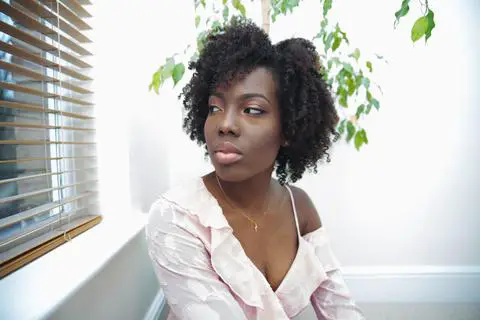
Common afro Caribbean hairstyles problems
In the decade since we launched the first Jamaican hairstyle website we’ve had thousands of emails, messages and calls from women with afro hair.
Many of the queries have been about breakage, dandruff, hair loss and itchy scalps: these common afro hair problems are easier to tackle once you understand how they occur.
Let’s look at them each in turn and then explore the simple solution:
Breakage
Afro hair, like other types, grows at about 6 inches a year but often breaks off as fast as it grows and so gets a reputation for being short and weak.
The myth that afro hair doesn’t grow comes from the fact that it is prone to breakage. Every curl and coil is a potential point for afro hair to break.
The curly structure of afro hair also means that sebum produced by the scalp can’t reach the ends of the hair, leading them dry, brittle and vulnerable to snapping off.
Common causes of breakage include dryness and friction from rough handling, cotton pillowcases and wooly hats and scarves.
Dandruff
Using harsh hair products can cause dandruff and severe flakes. Other key causes are an overgrowth of microbial fungus which can lead to serious dandruff unless treated and controlled.
Dandruff can also be caused by a build up of the sebum that your scalp naturally produces and this is made worse when combined with shed skin.
If hair isn’t washed frequently then sebum, skin flakes and product remnants build up, leaving the scalp vulnerable to dandruff. Another common cause of dandruff is simply having a dry scalp.
Hair loss
Common causes of hair loss include tight braids or extensions (also known as traction alopecia) and damage from rough handling and the use of chemicals such as relaxers (traumatic alopecia).
Using the wrong tools can lead to hair loss and breakage, for instance, rough bristle brushes or combs with dozens of tiny teeth will pull out your hair and damage the hair that is left behind.
Long term mistreatment of afro hair can lead to permanent hair loss and bald patches. Stress can also be a cause and is one of the biggest culprits behind sudden hair loss.
Many women also find that they lose hair in bulk 3-4 months after giving birth. Although this can be scary it is nothing to worry about.
Normally we shed 100 hairs a day but during pregnancy the hair strands remain in their growth phase and don’t fall out.
Itchy scalp
An itchy scalp is usually caused by sensitivity to hair products, especially shampoos containing SLS (sodium laryl sulphate) and parfum (artificial fragrance).
Sodium laryl sulphate is a cheap surfactant created during the industrial revolution to clean machinery. The low cost of SLS and the fact that it creates so much foam make it a popular choice for large cosmetics companies.
SLS is also used in allergy tests as the control substance to apply to skin because it is a known irritant that will turn the skin red. We recommend avoiding it and opting for plant-based alternatives.
Irregular washing of afro hair and the use of heavy oils such as castor oil directly on the scalp can also block the pores and lead to product buildup or an overproduction of sebum which causes itchiness.
How to combat afro Caribbean hairstyles problems
Dandruff
To avoid dandruff you need to get rid of the causes and take care of your scalp. Wash your hair every 7-10 days and invest in a good SLS and fragrance free shampoo such as Swish. It also helps to keep your scalp moisturised with a natural lightweight oil like Soothe.
Hair loss
Avoiding tight braids or extensions as well as relaxers will help you to escape hair loss. We recommend ensuring that any braids are no smaller than the size of a regular pencil and ideally larger.
We also recommend indulging in self care to keep stress at bay and avoid that common cause of bald patches and thinning afro hair.
Itchy scalp
Washing your afro hair every 7-10 days and not allowing products to build up will help keep itchiness away. We also recommend not having tight hairstyles.
Keeping the scalp moisturized with a specialist scalp oil such as Soothe will make your scalp happy and healthy.
Now we’ve covered the basics and you’re ready to build a routine, avoid common afro hair issues and tackle current problems!
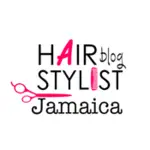

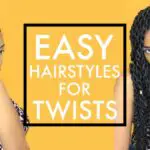
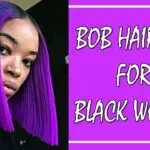
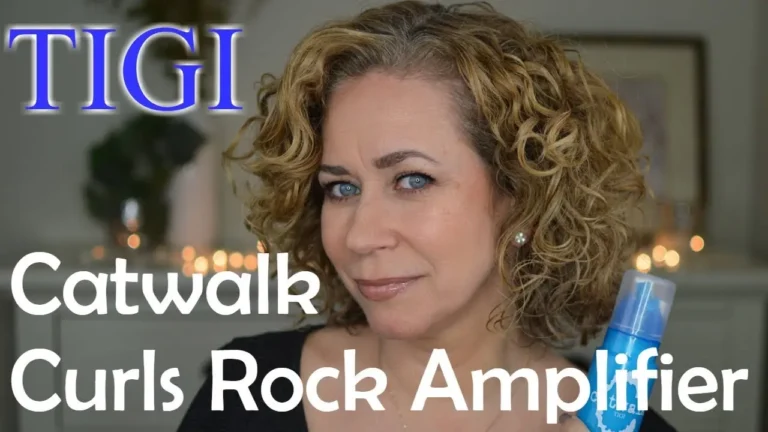
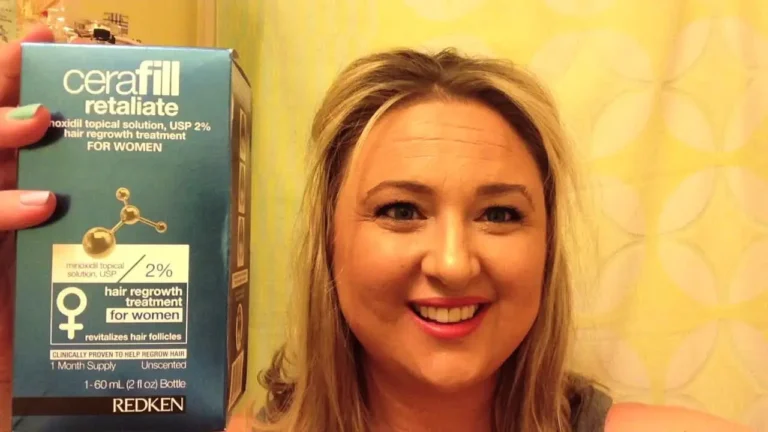
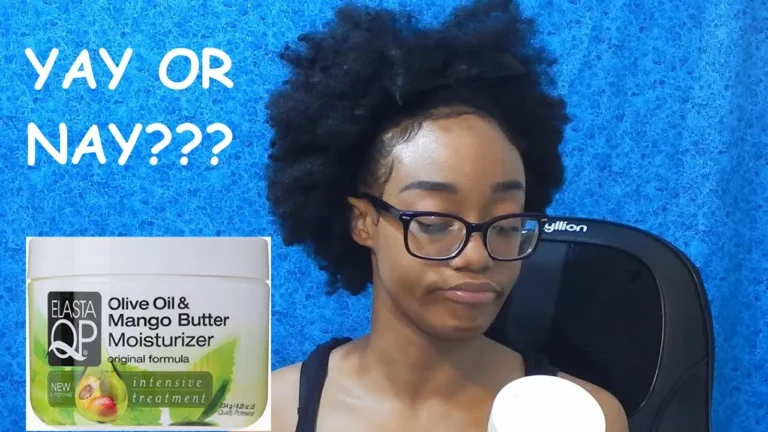

Comments are closed.